The pandemic has changed how organizations rely on their IT teams. IT was critical in the shift to remote work and maintaining operations in the new, virtual world — all while managing and implementing the day-to-day technical needs of the company.
With this shift, digital transformation was no longer a question of “if,” but “how soon.” IT teams are leading the charge and paving the way toward this digital world.
Integration has always been a critical aspect of digital transformation, check out our latest 2021 Connectivity benchmark report produced from interviews with 800 global IT leaders to get insight into the state of integration and digital transformation.
Here’s a recap of the top 10 insights from the report:
#1 Enterprises spend $3.5 million per year on integration
The average enterprise spends $3.5 million per year on integration-related IT labor costs. Many IT teams perform custom integration work, which takes a significant amount of time — especially when building and managing point-to-point integrations.
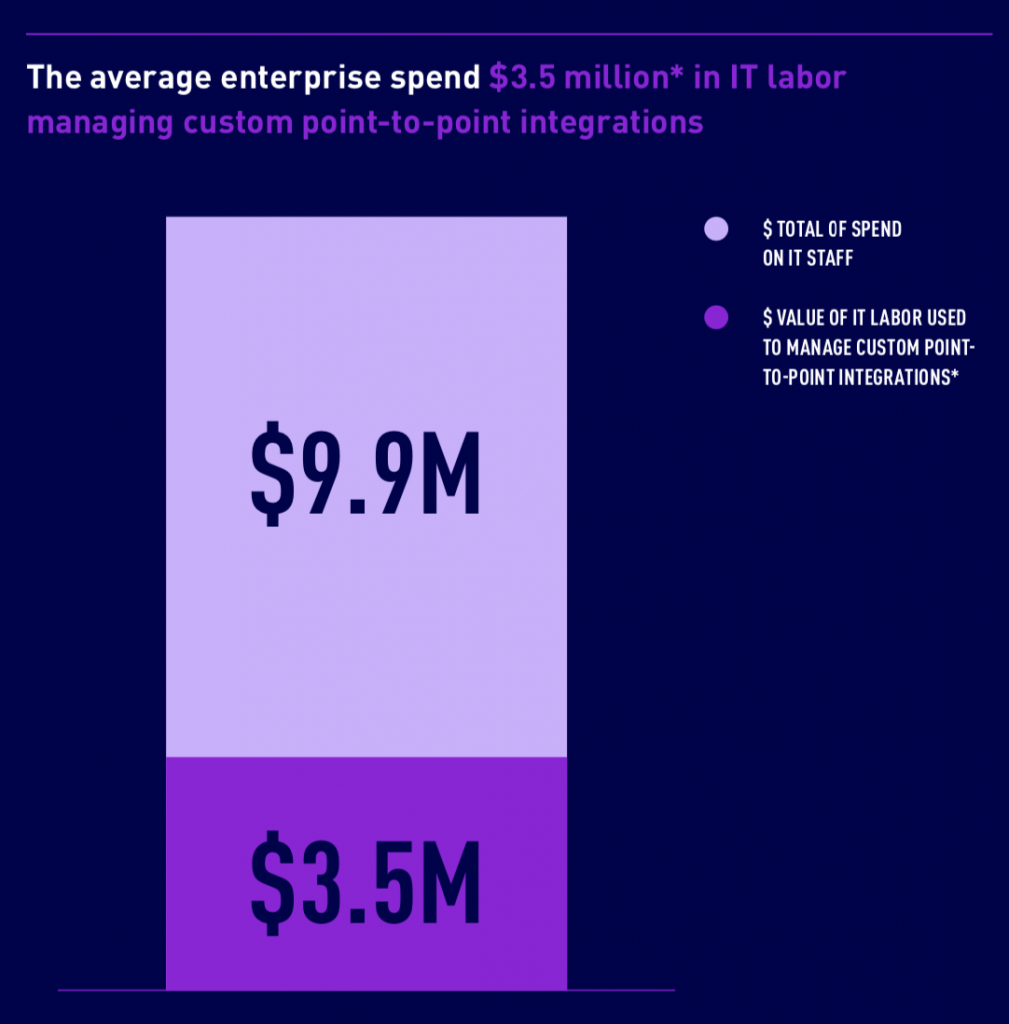
#2 IT has 30% more projects to deliver this year, but budgets aren’t matching up
Organizations asked IT, on average, to deliver on 30% more projects over the last 12 months. And while organizations are increasing IT budgets, the increases are not in line with the growing demands from the business — with budgets only expected to increase by an average of 5.84% in 2021.
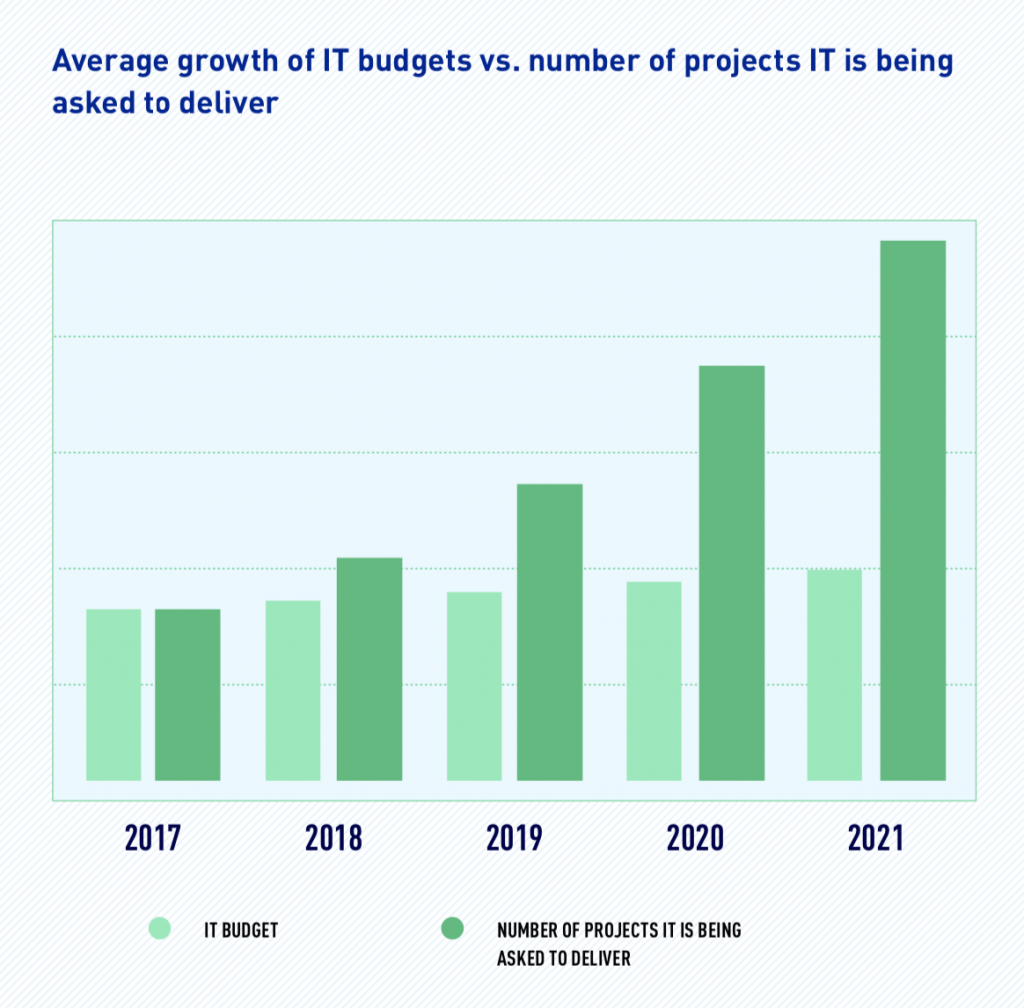
#3 Only 37% of IT teams completed all the projects on their plates last year
The increasing demands on IT and tight budgets prevented many IT teams from completing business-critical projects. In fact, only 37% of IT teams completed all the projects asked of them, compared to 41% the previous year.
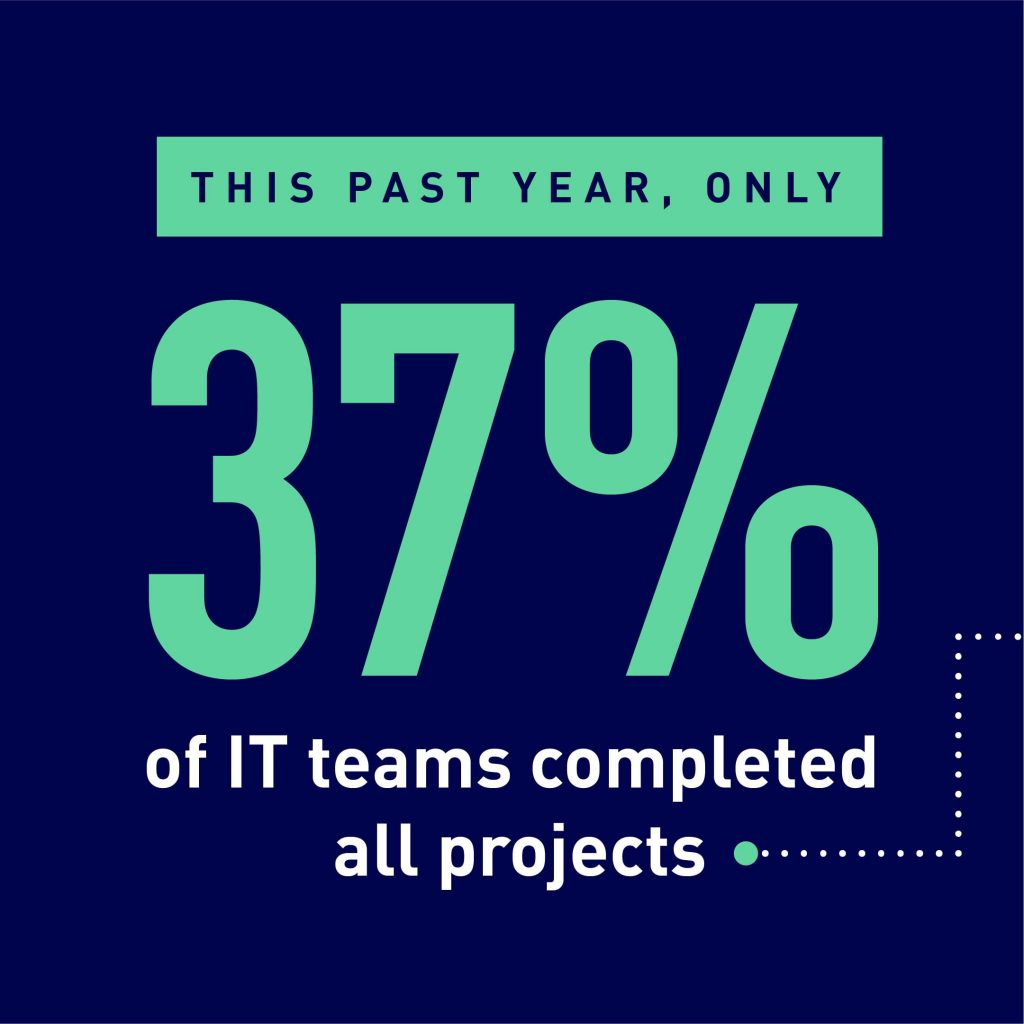
#4 IT teams spend 68% of their time “keeping the lights on”
Even though organizations asked IT to do much more than “keep the lights on,” the average IT team spent 68% of their time running day-to-day business activities. Over a third of their time is spent designing, building, and testing custom integrations.
#5 77% of IT professionals claim that failure to digitally transform will impact revenue
Driving growth and streamlining operations through digital transformation became even more important this past year. Some 77% of respondents say failure to complete digital transformation projects will impact revenue over the coming year, up from 74% in 2020.
#6 Integration struggles slow down digital transformation initiatives for 87% of organizations
Integration continues to be a challenge that organizations can’t afford to ignore. In today’s digital-centric world, organizations must connect their systems, applications, and data. Unfortunately, integration issues continue to slow down digital transformation initiatives for the vast majority of organizations.
#7 Data silos are a problem for 90% of organizations
Data silos continue to be a challenge for nearly all organizations. The scale of the problem is unchanged from last year. If this trend continues, the customer experience will suffer. Additionally, 60% of organizations claim it’s difficult to integrate new technologies because of existing IT infrastructure.
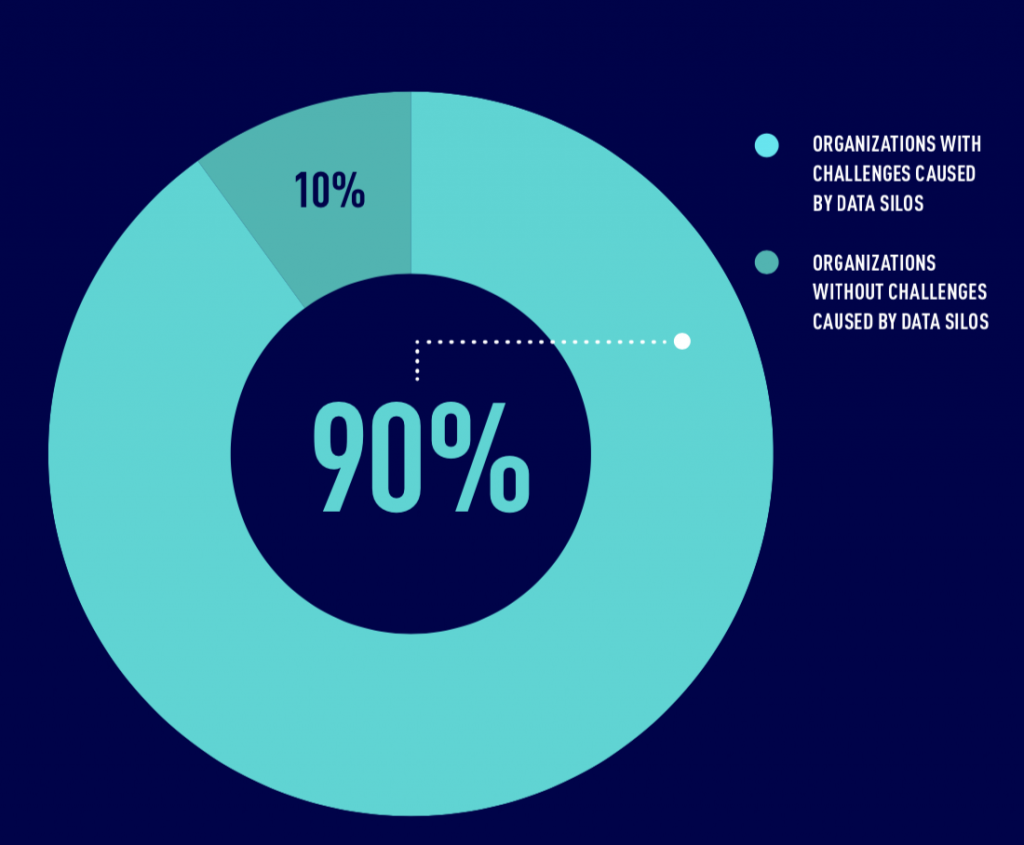
#8 Legacy IT infrastructures is hindering 66% of organizations
More than half of organizations state that making changes to IT systems and applications is difficult due to the existing technology infrastructure. While 76% of respondents claim existing IT systems are too dependent on each other due to legacy infrastructure — making changes even more difficult.
#9 96% of organizations are using APIs
Nearly every organization is taking advantage of APIs, up from 80% last year. Over half (53%) of organizations are leveraging APIs to build integrations and 51% say they are using APIs as part of the development process for new projects.
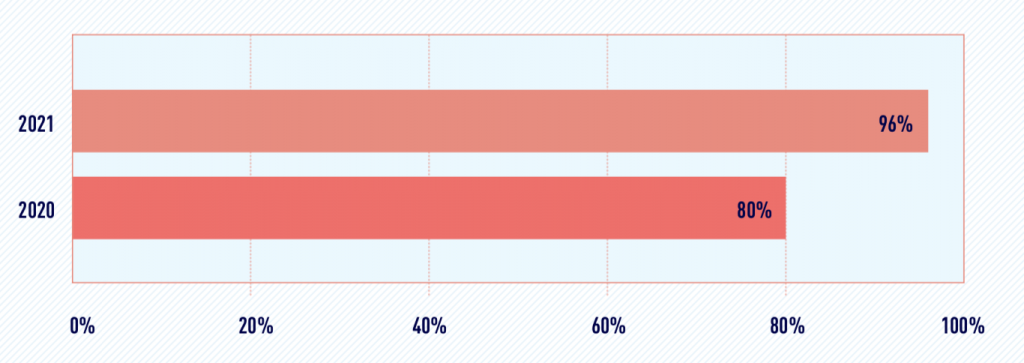
#10 The average organization generates 27% of their revenue from APIs
Organizations leveraging APIs experience increased productivity (59%), self-service (48%), and increased innovation (46%). Additionally, organizations are using APIs as a source of revenue, with some claiming that they generate 27% of their revenue from those APIs and related implementations.
To see all the findings, download this year’s 2021 Connectivity benchmark report.









